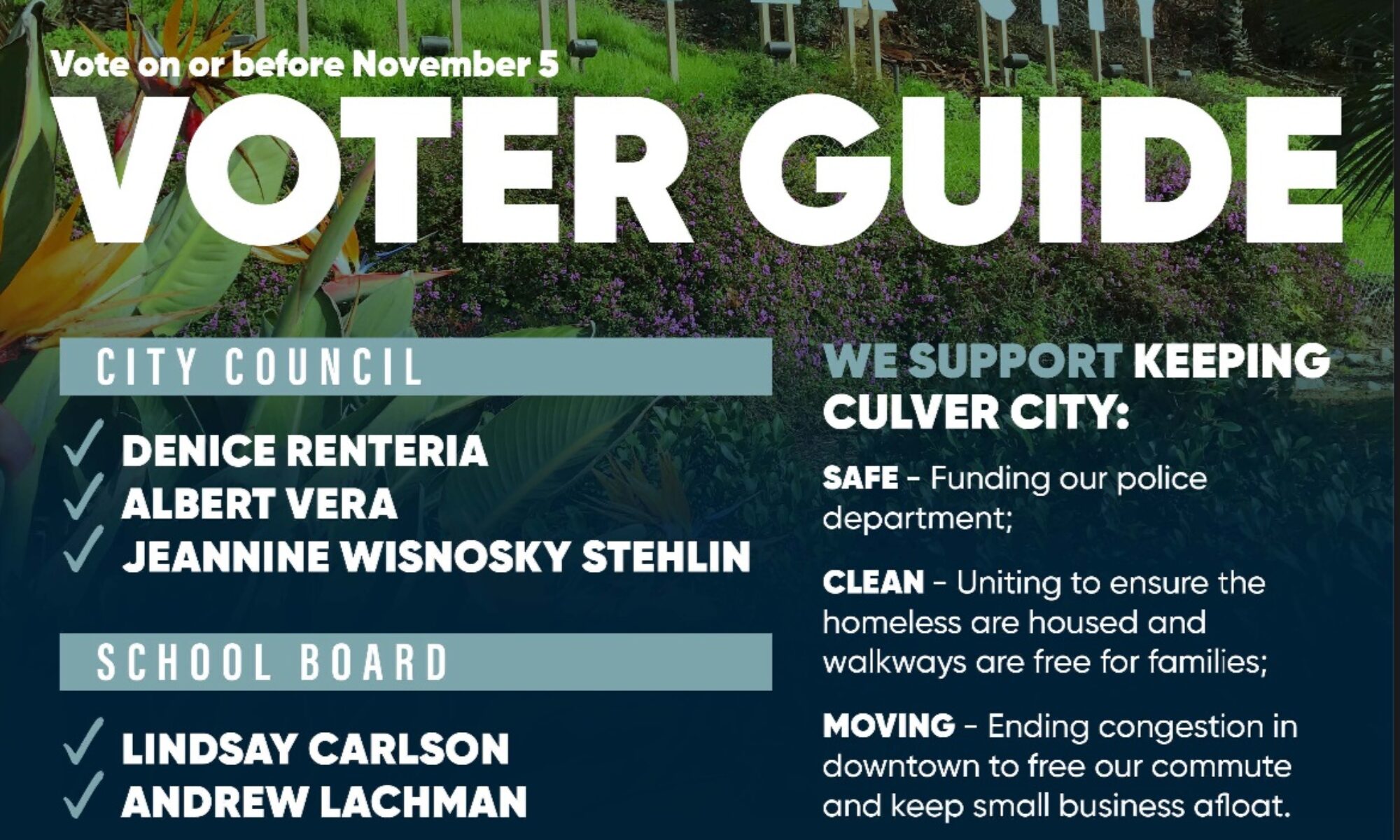On Thursday, August 27, a couple of us got on a phone call with Helen Chin, assistant to the city manager on homelessness. A lot of people wonder why we need this “homeless czar” but the answer is relatively simple. Recent court decisions have made it very difficult to enforce vagrancy and camping laws, and activists have made sure cities abide by those laws. This issue came to our city last July, when we changed our own city policy to match Los Angeles policy under the 405.
What was once a very simple affair is now a nearly impossible task. If someone sleeps on our streets, and they don’t want to move, we can’t make them.
There are guidelines our city can meet, and things we can do to nudge people off the streets and get them into shelters or programs. It is now a complicated process involving coordination among several departments – police, code enforcement, mental health, and a couple others. Ms. Chin’s job is to act as central point for all these departments in dealing with transients on our streets.
A recent federal court ruling has given us a ray of hope – a judge ordered that freeway underpasses in LA County be cleared from transient camps. The ruling itself is actually far more complicated than it sounds, but we found it worth discussing with Ms. Chin. We had some good takeaways from the discussion.
First, we expressed our frustration that we repeatedly talk about the crime aspect of this – it’s the crime and the public safety aspect of this that we’re concerned with. When we bring this up, we are accused of “criminalizing homelessness.” We told Helen about our own policy that those sleeping on our streets need to follow the same rules they would at a shelter. If they don’t follow those rules – if they commit any crimes – we call the police.
We came to a mutual understanding on that.
We then discussed the issue of beds. Part of the lawsuit in question was an agreement to reduce the number of beds needed before a city could enforce its camping/vagrancy laws. Where it was previously held to an odd standard of one bed per every homeless counted in a city (nevermind how many are in use), this judge lowered the standard to 60%. He also said that cities didn’t have to house homeless within city limits. Other cities are pooling resources to build shelters away from their residents.
Chin then talked about Culver City’s discussions with the county on homelessness. We also shared the understanding that this “beds vs homeless” calculus was a strange unsolvable metric. If we build more beds, more will come in. That sounds obvious, but our brain trust at the homelessness committee have proposed taking $7 million out of the police budget and giving every one of our 300 homeless a two bedroom apartment. As if once we do this, the problem would be solved. It’s good to know our city staff isn’t agreeing with that.
Chin even mentioned that a lot of our native homeless population – a more benign elderly type – have been chased out by a younger more aggressive crowd. This supports our observation that we really have a criminal vagrancy issue, and not just locals driven out by rising housing costs. This experience has been corroborated in other cities. But again, not a position taken over by our homelessness committee or Culver City’s Housing Administrator.
The big takeaway from this meeting is that homelessness is a county issue. The county is in the business of mental health and homelessness. Our city, ultimately, is not. We don’t have to build shelters in the middle of our city, we don’t have to divert half our budget to shelters at Veteran’s Park if we are to keep our streets and parks clean.
Finally, we discussed the underpasses themselves. We shared stories about the people who’ve taken residence under there. The city does do sweeps of the south side of Venice/405 every Wednesday. The city invited a couple of us to join them, and we’ve enthusiastically accepted their invitation.
We want to know who’s under there and what’s going on. We ask that anyone who goes on the sweeps to take notes and bring us a report.
